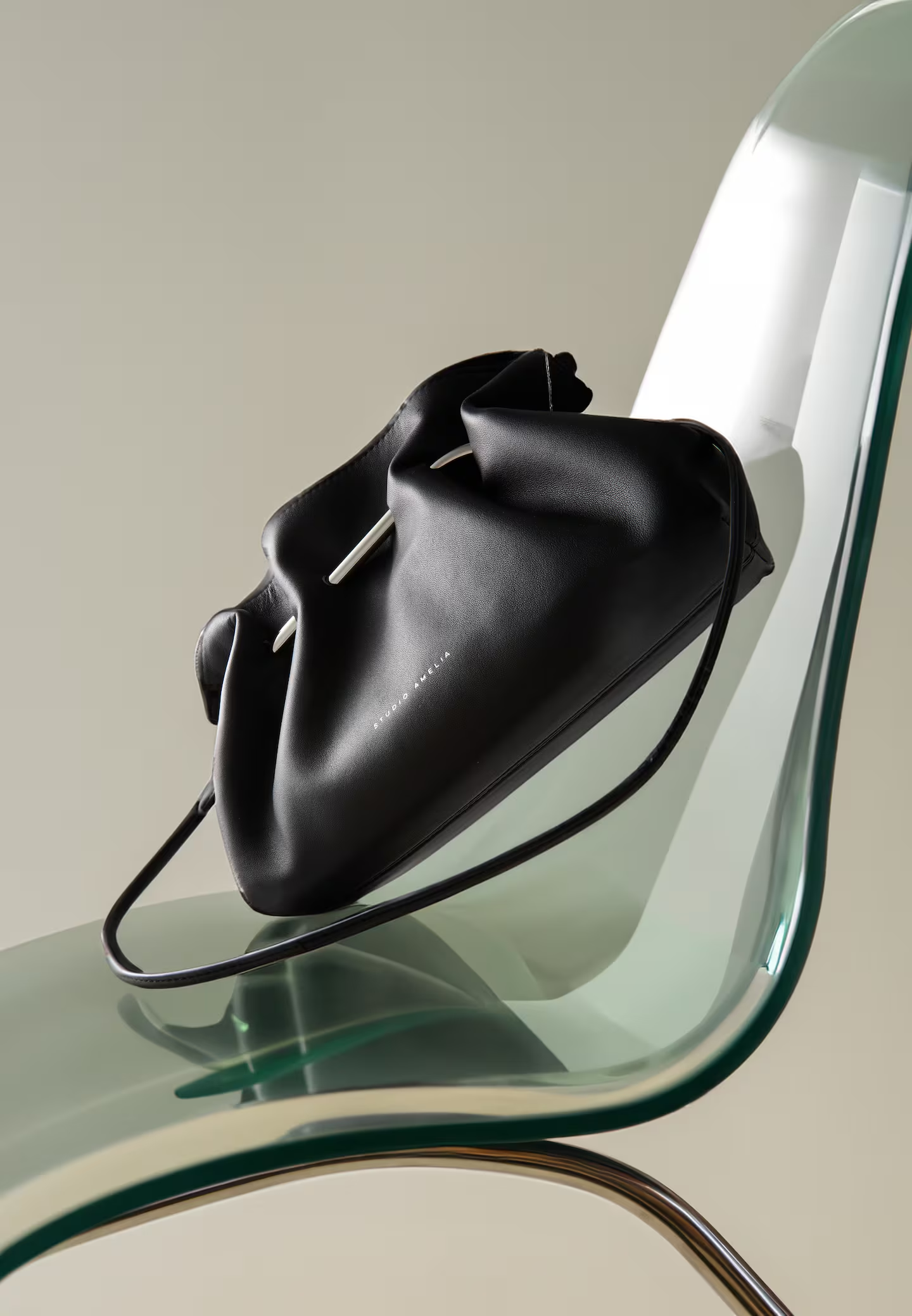In an era where digital transformation is reshaping the financial sector, Commerzbank has taken a…

In recent years, the fashion industry has undergone a digital renaissance, embracing technology in ways that were once unimaginable. At the heart of this transformation lies artificial intelligence (AI)—a powerful force now shaping how fashion brands design, market, and sell their products. No longer limited to back-end logistics or manufacturing efficiencies, AI has taken center stage in marketing strategies, unlocking personalized, scalable, and data-driven campaigns that redefine consumer engagement. As the landscape continues to evolve, it’s crucial to unpack this new AI marketing toolkit and understand how it’s rewriting the rules of fashion marketing.
Table of Contents
ToggleThe Evolution of Fashion Marketing
Traditionally, fashion marketing revolved around seasonal campaigns, high-profile runway shows, glossy magazine spreads, and celebrity endorsements. While these tactics still hold influence, the digital age has democratized fashion consumption. Consumers no longer passively wait for style cues from top designers or luxury houses. Instead, they engage directly with brands via social media, online stores, and influencers. This shift has led to a data-rich ecosystem where insights into customer behavior, preferences, and purchasing habits are just a click away.
Enter AI—an ideal partner for interpreting and activating these insights in real-time.
AI-Powered Personalization
One of the most significant contributions AI has made to fashion marketing is hyper-personalization. Consumers today expect brands to “know” them—not just by name, but by taste, size, budget, and lifestyle. AI enables this by analyzing enormous amounts of data—past purchases, browsing behavior, social media interactions, and even local weather conditions—to generate highly customized content.
Recommendation engines, for example, are now driven by AI models that can predict what a customer might like based on similar profiles or recent activity. This is no longer restricted to suggesting shoes that match a dress; AI can now curate full virtual wardrobes tailored to individual preferences. The more a customer interacts, the smarter and more refined the suggestions become, creating a feedback loop that boosts engagement and loyalty.
Virtual Try-Ons and Styling Assistants
AI is also revolutionizing the virtual shopping experience. Augmented reality (AR), powered by AI algorithms, allows customers to “try on” clothes or accessories from the comfort of their homes. Whether through smartphone apps or desktop-based experiences, users can visualize how garments will look on their body type, reducing guesswork and increasing confidence in online purchases.
Additionally, AI-powered styling assistants are becoming a game-changer. Chatbots trained in fashion aesthetics can answer questions, recommend outfits, and even give style advice based on the occasion. This not only enhances the user experience but also reduces the need for human customer service intervention—an efficiency win for brands.
Predictive Analytics and Trend Forecasting
Fashion is notoriously fast-paced and trend-driven. What’s hot today might be outdated next month. To keep up, brands need predictive power—something AI delivers with precision. By analyzing social media trends, search engine data, and global fashion shows, AI can detect emerging styles before they hit the mainstream. This allows designers and marketers to adapt faster, cutting down the lead time from design to shelf.
Predictive analytics also help with inventory management. By forecasting demand more accurately, brands can produce the right amount of stock, reducing waste and markdowns. In an era where sustainability is increasingly important, this aspect of AI adds both economic and environmental value.
Automated Content Creation
AI’s ability to generate content is also reshaping fashion marketing workflows. With natural language processing (NLP) and image recognition tools, brands can now automate product descriptions, social media posts, and even ad copy. While these tools still require human oversight to maintain brand voice and creativity, they significantly accelerate content production at scale.
Visual AI tools can also generate imagery, from basic product mockups to conceptual campaign visuals. Some brands are even experimenting with AI-generated models—virtual influencers and avatars that can wear digital garments and promote them online. This opens up a whole new realm of creative possibilities, blurring the line between the digital and physical worlds of fashion.
Influencer Matching and Sentiment Analysis
Another key component of the AI marketing toolkit is influencer matching. Gone are the days of manually sifting through profiles to find the right brand ambassador. AI can analyze influencer engagement metrics, audience demographics, and content tone to suggest ideal partnerships. This not only ensures better campaign ROI but also fosters more authentic brand alignment.
Moreover, sentiment analysis tools allow brands to gauge public reactions to new collections, campaigns, or collaborations in real time. AI can scan social media comments, reviews, and blogs to assess whether the overall sentiment is positive, neutral, or negative. This instant feedback loop allows for quick pivots in strategy, helping avoid PR missteps and better understand audience reception.
Challenges and Ethical Considerations
Despite its benefits, integrating AI into fashion marketing is not without challenges. Data privacy remains a pressing concern, especially as consumers become more aware of how their information is used. Transparency and ethical data usage must be a priority for brands leveraging AI tools.
There’s also the creative question—can AI truly replicate human intuition, artistry, and emotion? While AI excels at efficiency and prediction, it may still lack the nuance and originality that define iconic fashion. Therefore, many experts argue that AI should be seen not as a replacement but as a collaborator that empowers human creativity.
The Future of Fashion Marketing
As AI tools continue to advance, the fashion industry is only scratching the surface of what’s possible. From real-time adaptive ads to AI-generated fashion shows in the metaverse, the future of fashion marketing promises to be as dynamic as the styles it promotes. Brands that embrace this toolkit with curiosity and responsibility will be best positioned to lead.
Ultimately, AI is not here to erase the artistry of fashion—it’s here to enhance it, providing marketers with smarter tools to tell better stories, build stronger connections, and respond more intuitively to the desires of the modern consumer. As fashion walks confidently into this AI-powered era, one thing is clear: innovation is always in style.
Related Posts
-
Commerzbank combines generative AI and avatar technology to create new digital assistant
-
AI Revolutionising Healthcare and Beyond in Africa
Introduction Artificial Intelligence (AI) is transforming industries globally, and Africa is no exception. With its…
-
When AI gets a manager, you know the game has changed
Introduction: The Rise of AI in the Workplace Artificial Intelligence (AI) has rapidly evolved from…
-
Your boss is probably using AI more than you
Artificial intelligence (AI) is transforming workplaces at an unprecedented pace. While employees often focus on…
-
AI could revolutionize homebuilding in Utah
The homebuilding industry in Utah is booming, with rapid population growth and increasing demand for…
-
How Agentic AI Can Drive Executive Decision-Making
In today’s fast-paced and increasingly complex business environment, executives are under constant pressure to make…





